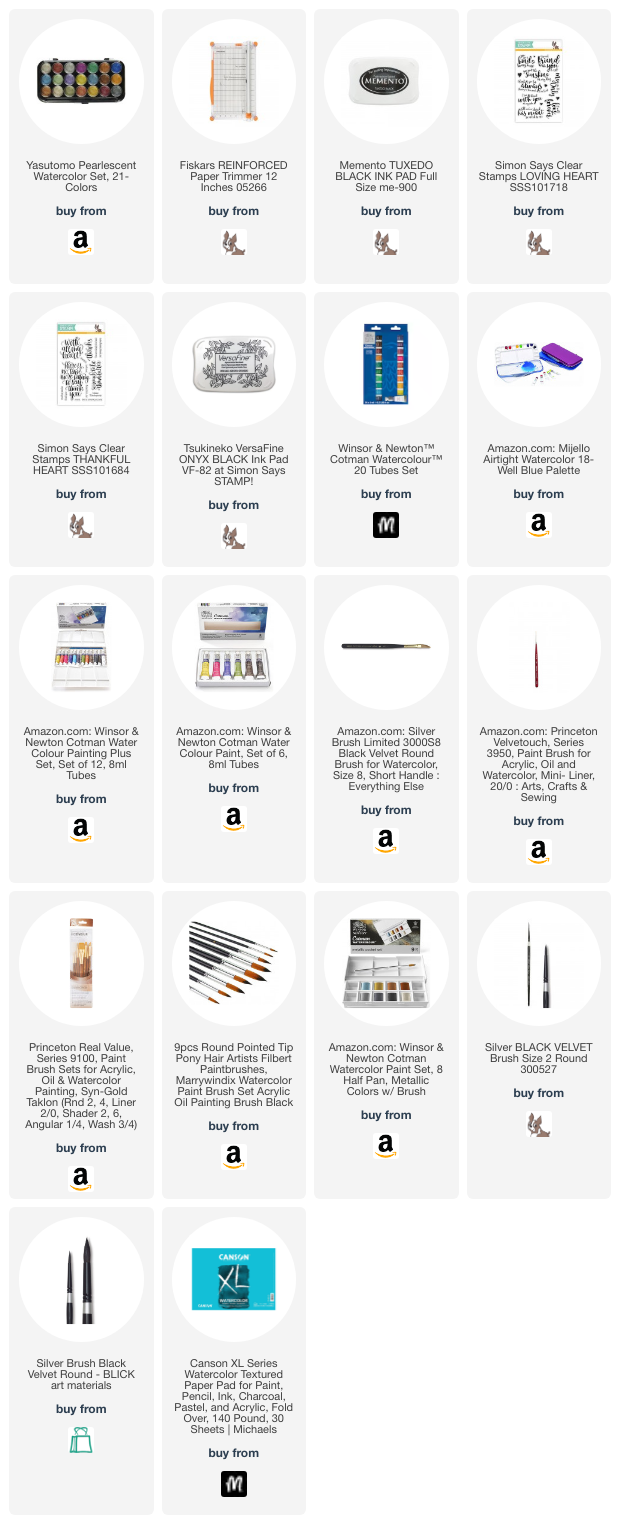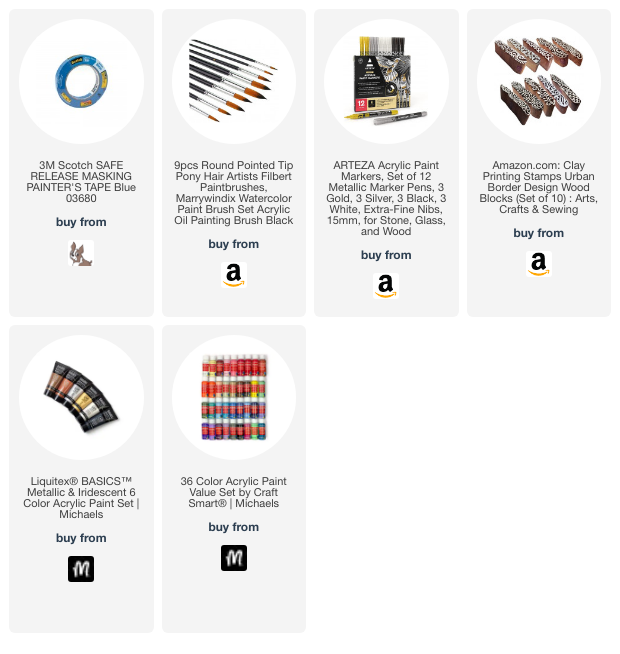Follow me on Instagram, Facebook, Pinterest, and YouTube,!
I get asked a lot about where to purchase the supplies I use in my videos and blog posts. I list all the supplies I use at the end of my posts (below)
SUPPLIES

Follow me on Instagram, Facebook, Pinterest, and YouTube,!
I get asked a lot about where to purchase the supplies I use in my videos and blog posts. I list all the supplies I use at the end of my posts (below)

Easy Watercolor Tag Tutorial: Learn How To Create Mesmerizing Flower Designs
Creating watercolor tags adorned with flowers is a delightful way to add a personal and artistic touch to gifts, journals, or home decor. This tutorial will guide you through the process of making beautiful floral watercolor tags, perfect for any occasion. Let's get started and let your creativity bloom!
Materials You'll Need:
Before you begin, gather these essential materials:
Set up a clean and well-lit workspace. Arrange your materials within easy reach. Ensure you have a cup of water for rinsing your brushes and a paper towel for blotting.
Decide on the size and shape of your tags. Traditional tags are rectangular with a punched hole at the top, but you can also experiment with different shapes like circles, ovals, or even custom designs.
Using a pencil, lightly sketch a simple flower design on your tag. Popular flower choices include roses, daisies, tulips, and cherry blossoms. Keep your sketch light to avoid visible pencil marks after painting.
For a soft background effect, lightly wet the surface of your tag with clean water using your medium-sized brush. This step is optional but helps create a dreamy background for your flower.
Start by applying the base colors of your flower petals and leaves. Use your round brush for the petals and a smaller brush for the leaves and stems. Begin with light washes of color and gradually build up intensity. Allow each layer to dry before adding the next to avoid muddy colors.
Once the base layer is dry, add more details to your flower. Use a fine detail brush to paint the veins of the petals, the texture of the leaves, and other intricate details. Add darker shades to the inner parts of the flower and lighter shades towards the edges to create depth and dimension.
If desired, create a background for your flower. Lightly wash the background with a soft, complementary color. Be careful not to overpower the flower design.
Allow your tag to dry completely before handling it. This will prevent smudging and ensure the colors set properly.
Once your tag is dry, punch a hole at the top and thread a piece of string or ribbon through it. You can also write a message or add decorative elements with a fine-tip pen or marker.
If you want to protect your watercolor design, you can spray a light coat of fixative or clear sealant. This step is optional but can help preserve your artwork.
Creating watercolor tags with flower designs is a fun and relaxing activity that allows you to express your creativity. These handmade floral tags will add a personal and artistic touch to any project, making your gifts and decor truly special. Happy painting!ou can see the product details below same time the similar dies whichever you have you can mix and match to do these techniques.
THANK YOU FOR, SUBSCRIBING AND APPRECIATING.
Feel free to share this post on social media using the share!
Follow me on Instagram, Facebook, Pinterest, and YouTube,!
SUPPLIES

you can see the product details below same time the similar dies whichever you have you can mix and match to do these techniques.
THANK YOU FOR, SUBSCRIBING AND APPRECIATING.
Simon Says Stamp Wednesday Challenge Feel free to share this post on social media using the share!
Follow me on Instagram, Facebook, Pinterest, and YouTube,!
SUPPLIES
you can see the product details below same time the similar dies whichever you have you can mix and match to do these techniques.
THANK YOU FOR, SUBSCRIBING AND APPRECIATING.
Simon Says Stamp Wednesday Challenge Feel free to share this post on social media using the share!
Follow me on Instagram, Facebook, Pinterest, and YouTube,!
SUPPLIES
